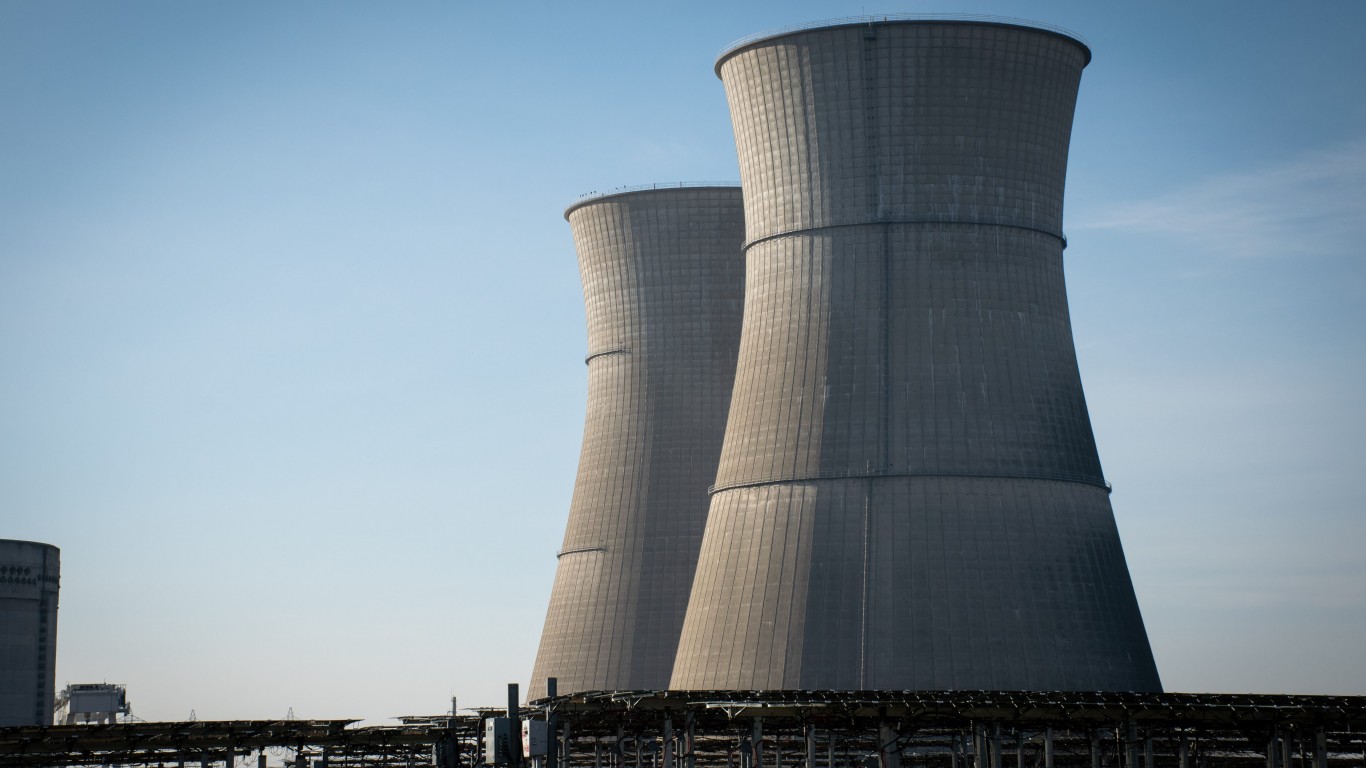
Energy industry analysts at Wood Mackenzie said Thursday morning that they have identified $380 billion in capital spending (capex) cuts on 68 existing oil and gas development costs. The slowdown will stifle the development of some 27 barrels of oil equivalent, the analysts said.
We wondered which of the big energy companies had announced the biggest cuts so far, and how big those cuts are. To no one’s surprise, our candidate for the most drastic cuts to capital spending has got to be Petroleo Brasileiro S.A. (NYSE: PBR). Petrobras has announced a reduction of some 25% in its five-year spending (2015 through 2019) from $130 billion to $98.4 billion.
When the company first announced the development of its massive offshore reserves, it planned to spend north of $220 billion. The plan was cut to $130 billion in June of 2015, and then cut again earlier this month. The 2016 capital budget was slashed from $27 billion to $20 billion.
On top of the capex cuts, Petrobras also plans to cut production by around 2%, from a previously planned total of 2.185 million barrels a day to 2.145 million.
In early December, Chevron Corp. (NYSE: CVX) announced that it planned to cut its 2016 capex budget by 24% year over year to $26.6 billion. The lion’s share ($18.6 billion) of the spending will go to international upstream projects, while U.S. upstream projects are targeted to spend $5.4 billion. Chevron’s massive investments in key liquefied natural gas (LNG) projects are at the point where another year of big investments is needed before production begins to offset some of the costs. The bad news for Chevron is that LNG prices are less than half what they were when these projects got the go-ahead.
Statoil ASA (NYSE: STO), Norway’s state-controlled energy producer, could face a cut of up to 40% in capex over the three-year period from 2017 through 2019 at the state’s oil ministry due to low crude prices. Oil and gas account for half of the country’s exports and around 20% of its gross domestic product. The Norwegian Oil & Gas Association estimates that by 2020 the price of a barrel of Brent will rise to $70 a barrel, which is about where most predictions now stand. Between now and then, though, low crude prices will have a big impact on Statoil’s investment in new projects.
Another major U.S. natural gas producer, CONSOL Energy Inc. (NYSE: CNX) has said it will cut capex by 41% year over year in 2016 and now expects to spend $205 million to $325 million on oil and gas drilling this year. As might be expected, the company is getting no help from its coal mining operations, where production cuts of up to nearly 10% have been forecast for 2016.
Exxon Mobil Corp. (NYSE: XOM) won’t announce its capital spending plans for 2016 until next month at the earliest. The world’s largest privately held energy company cut its capex by 15% in 2015, from $38.5 billion in 2014 to $34.0 billion. Exxon also said early last year that it expected capex to average $34 billion for 2016 and 2017. Like Chevron, some large international projects continue to demand large investments.
It’s Your Money, Your Future—Own It (sponsor)
Are you ahead, or behind on retirement? For families with more than $500,000 saved for retirement, finding a financial advisor who puts your interest first can be the difference, and today it’s easier than ever. SmartAsset’s free tool matches you with up to three fiduciary financial advisors who serve your area in minutes. Each advisor has been carefully vetted and must act in your best interests. Start your search now.
If you’ve saved and built a substantial nest egg for you and your family, don’t delay; get started right here and help your retirement dreams become a retirement reality.
Thank you for reading! Have some feedback for us?
Contact the 24/7 Wall St. editorial team.
 24/7 Wall St.
24/7 Wall St.



